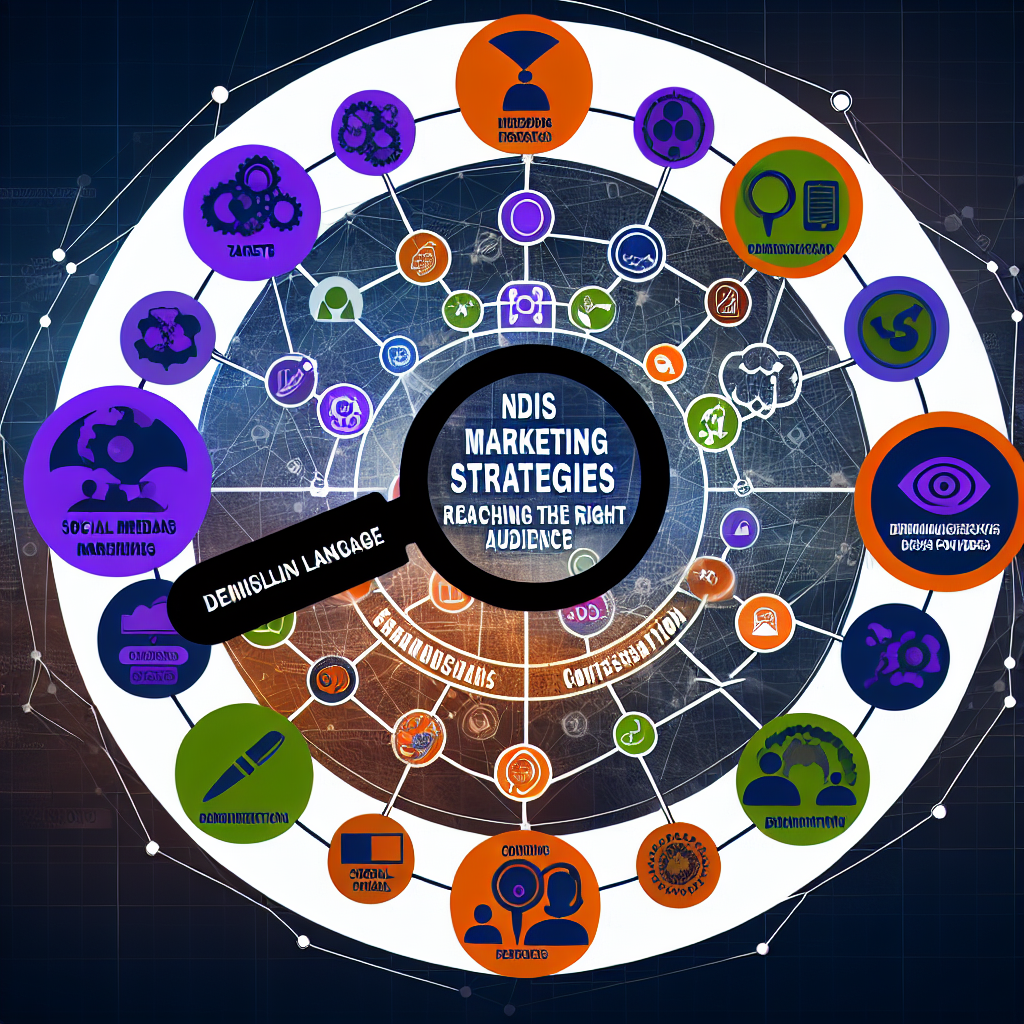by Bobby Singh
Share
by Bobby Singh
Share

How to Access Counselling and Therapy Services Through the NDIS
The National Disability Insurance Scheme (NDIS) in Australia provides support to individuals with disabilities, enabling them to access essential services, including counselling and therapy. Understanding how to navigate the NDIS to obtain these services can significantly enhance the quality of life for participants. This article explores the steps involved in accessing counselling and therapy services through the NDIS, supported by examples and statistics.
Understanding the NDIS
The NDIS is designed to provide funding for reasonable and necessary supports that help individuals with disabilities achieve their goals. These supports can include a wide range of services, such as:
- Therapeutic supports, including counselling and psychological services
- Support for daily living activities
- Assistance with social and community participation
Steps to Access Counselling and Therapy Services
1. Determine Eligibility
To access NDIS services, individuals must first determine their eligibility. This involves meeting specific criteria related to age, residency, and the nature of the disability. According to the NDIS, as of 2023, over 500,000 Australians are benefiting from the scheme, highlighting its extensive reach.
2. Develop a Personalized Plan
Once eligibility is confirmed, participants work with an NDIS planner to develop a personalized plan. This plan outlines the participant’s goals and the supports required to achieve them. For instance, a participant with anxiety might include regular counselling sessions in their plan to improve mental health and well-being.
3. Choose Service Providers
Participants have the flexibility to choose their service providers. The NDIS provides a list of registered providers, ensuring that participants can select professionals who meet their specific needs. For example, a participant might choose a psychologist specializing in cognitive-behavioral therapy (CBT) to address specific mental health challenges.
4. Implement the Plan
After selecting providers, participants can begin accessing services. The NDIS funds these services directly, reducing financial barriers. A case study from 2022 showed that participants who accessed therapy services through the NDIS reported a 30% improvement in their mental health outcomes within six months.
Key Takeaways
Accessing counselling and therapy services through the NDIS involves understanding eligibility, developing a personalized plan, choosing appropriate service providers, and implementing the plan effectively. By following these steps, individuals with disabilities can significantly enhance their mental health and overall quality of life. The NDIS continues to play a crucial role in supporting Australians with disabilities, ensuring they receive the necessary care and support to thrive.
Discover more from Wise Healthcare
Subscribe to get the latest posts sent to your email.
Discover effective growth strategies for NDIS service providers to scale your business, enhance services, and reach more clients successfully.
Discover strategies to engage and retain top talent in the NDIS sector, focusing on motivation, development, and a supportive work environment.
Explore SDA and SIL services for NDIS providers, focusing on eligibility, benefits, and implementation to enhance participant support and independence.
Explore effective marketing strategies for NDIS service providers to connect with and engage the right audience, enhancing service reach and impact.
Discover more from Wise Healthcare
Subscribe to get the latest posts sent to your email.
Discover more from Wise Healthcare
Subscribe to get the latest posts sent to your email.
Discover more from Wise Healthcare
Subscribe to get the latest posts sent to your email.
Discover more from Wise Healthcare
Subscribe to get the latest posts sent to your email.
Discover more from Wise Healthcare
Subscribe to get the latest posts sent to your email.









